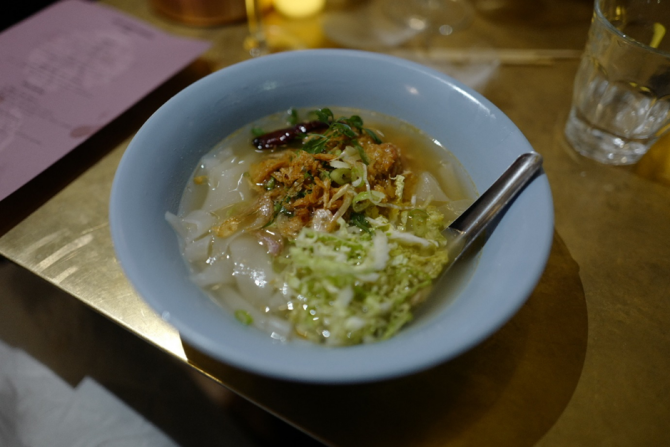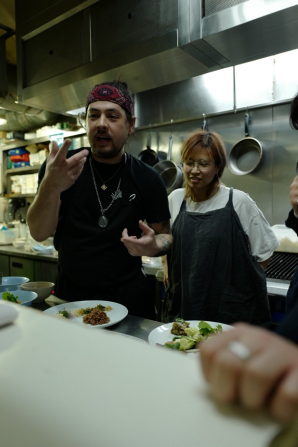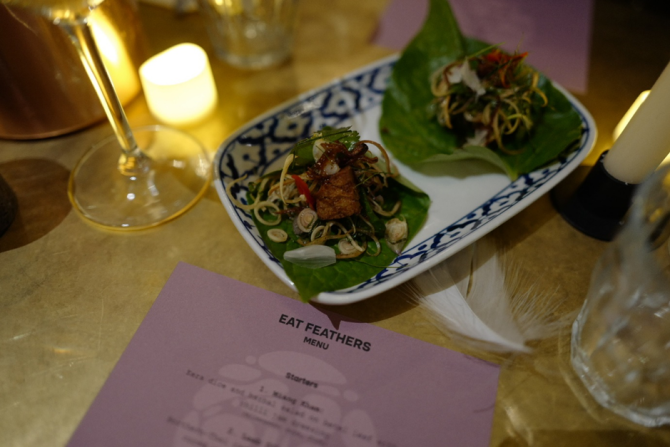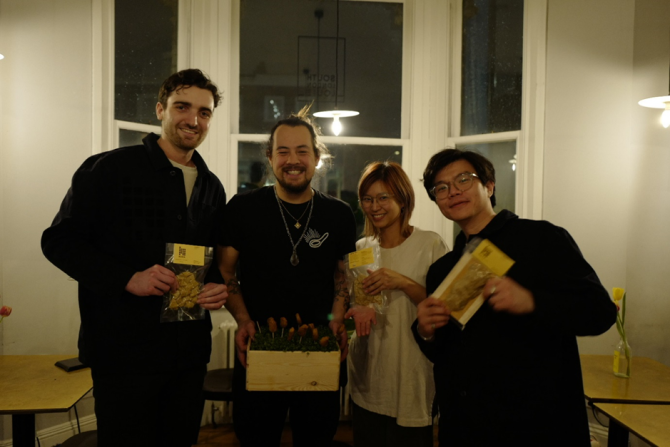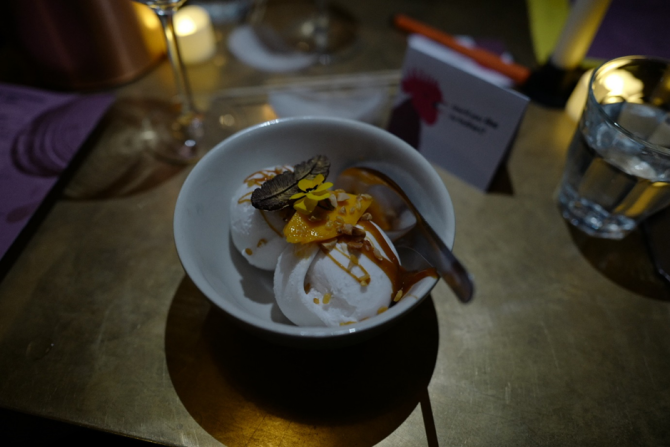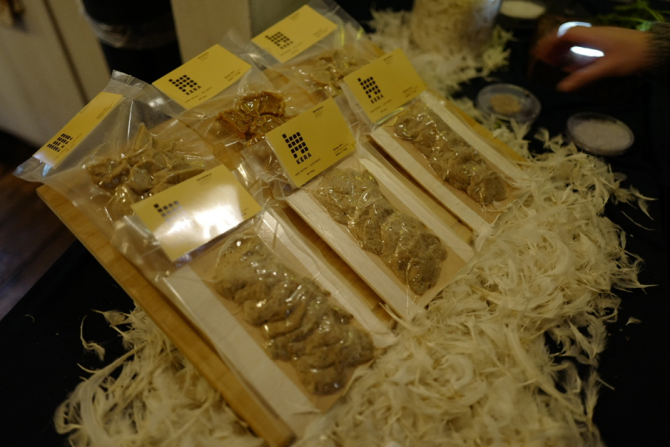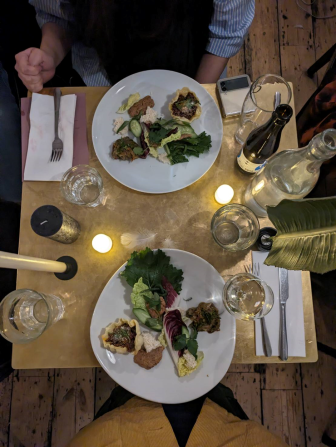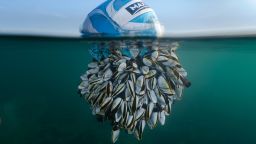Editor’s Note: Call to Earth is a CNN editorial series committed to reporting on the environmental challenges facing our planet, together with the solutions. Rolex’s Perpetual Planet initiative has partnered with CNN to drive awareness and education around key sustainability issues and to inspire positive action.
I’m personally a massive fan of any meal that involves chicken, from deep-fried wings to a gourmet-style Cordon Bleu – however it’s served, I love the taste. But when I discovered a London-based project turning discarded chicken feathers into edible proteins, I admit I was skeptical.
The company behind the project, Kera Protein Ltd., has a unique approach to its lab-produced protein product. It turns discarded waste from the poultry industry into fake meat through an intensive 13-step hydrolysis process.
The concept for the company started as Sorawut Kittibanthorn’s student project at London’s Central Saint Martins university in 2019. Since then, he and his business partner, Tom Washington, have delved into the issue of waste management - focusing particularly on chicken feathers. “It’s not about creating something new,” Kittibanthorn notes, “just optimizing what we already have.”
The feather-meat protein could help address at least one sustainability issue plaguing the food industry: excess waste. As much as 3 million tons of poultry feathers are wasted each year in the EU alone, usually incinerated or dumped into landfill.
Kittibanthorn spied a missed opportunity, where this discarded waste that is full of keratin – the protein that makes up hair, skin and nails – could be converted into a useful product.
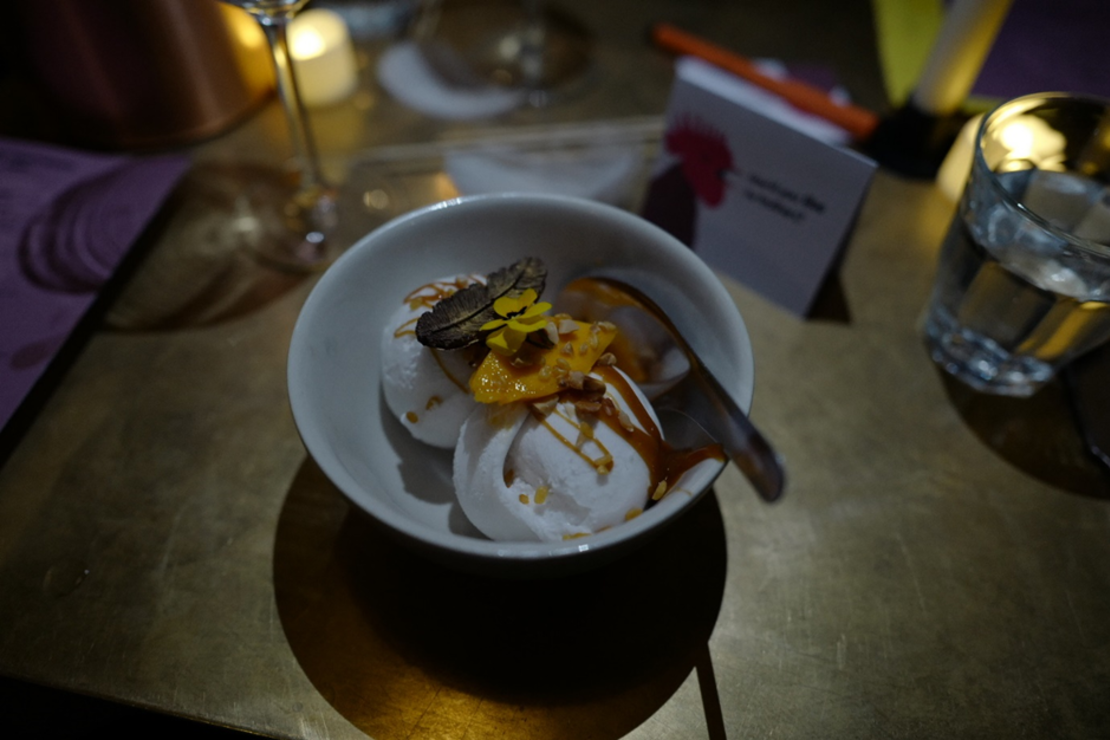
At Kera, the chicken feathers supplied by a local farm are cleaned, pulverized and mixed with acid and keratinase – an enzyme that breaks down keratin’s strong chemical bonds. After being gently heated and stirred for up to 14 hours, the mixture is filtered and cooled.
The final form is a powdered texture akin to collagen that surpasses conventional protein sources in both nutrition and flavor, says Kittibanthorn, adding that the meat-mimicking substance also contains high levels of antioxidants similar to those found in berries.
Feasting on feathers
Kera’s most recent collaboration is with a London-based Thai supper club called Laam. The business, run by Nathan “Phayu” Brown and Patarita “KG” Tassanarapan, specializes in home-inspired regional cuisine that showcases the best of British produce by taking the authentic flavors of northern Thailand and reinventing them for a contemporary dining experience.
On April 4, it hosted a launch event, consisting of a six-course banquet, intended to demonstrate the versatility of the chicken feather protein product.
On the menu there was a classic Thai laab dib tartare with fish sauce, cured quail egg and crispy wanton, a raw beef salad where the meat was replaced with the Kera protein, and smoky aubergine chili relish with crispy Kera and side seasonal vegetables.
These were followed by Laos-style rice noodle soup with minced Kera tomato paste and spicy pickled mustard green and deep-fried Cloud “chicken” nuggets as a palette cleanser. To finish, there was a feather-infused coconut sorbet with salted egg sauce.
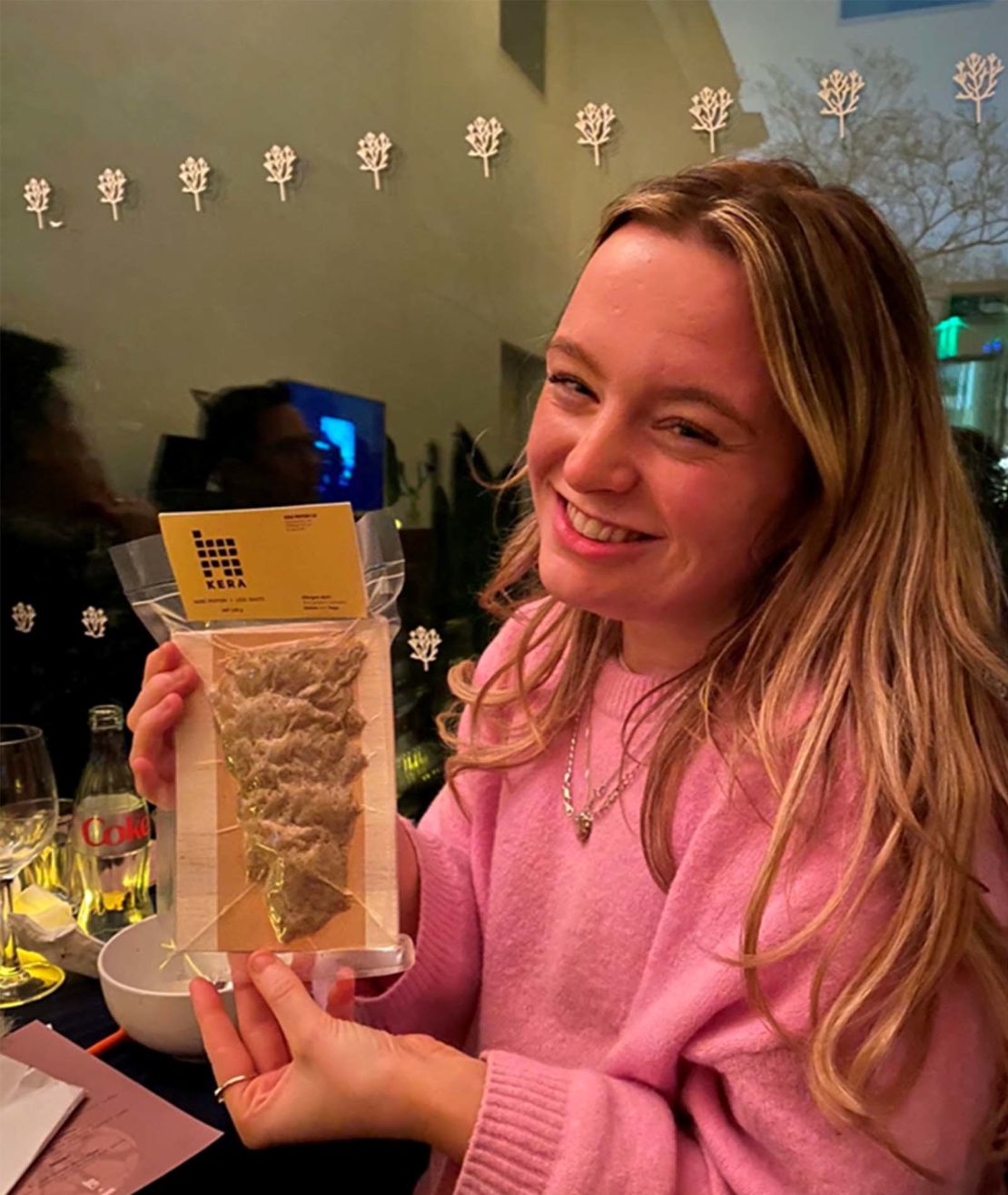
Despite my preconceptions, I was pleasantly surprised. The Kera feather-meat was undetectable, tasting exactly like the real thing. I only really noticed the consistency, which felt slightly starchier than ordinary beef.
Kittibanthorn explains that feather-based food doesn’t have a distinctive flavor. Instead, it tends to pick up the flavors it’s cooked in – which, he notes, allows one to cater towards specific tastes and textures.
Chef Brown described the concept as home-inspired aromatic Thai food, each course highlighting a different region of the country and presenting regional flavors of Thailand. This allowed Brown to showcase the rich spices used in northern Thai cuisine such as lemongrass, tamarind and chili.
The aim of the collaboration is to change cultural perceptions towards alternative and sustainable forms of protein, as well as education to challenge stereotypes about how waste is viewed and discarded.
“The stigma is a barrier,” says Brown, “but that’s humanity – we break down so many barriers all the time. So why not break a stigma that will ultimately prevent us from being sustainable?”
A solution to chicken waste?
To make the food we tried, Kera extracted feathers from discarded chicken carcasses in partnership with a local farm. Around 190 grams (6.7 ounces) of hydrolyzed protein can be produced from the feathers of one chicken, according to Kera.
One of the biggest challenges is production costs – a common issue for alternative meats, including “lab-grown” meat options. The feathers must undergo a 34-hour extraction process, which is both time consuming and financially strenuous. The company currently works in partnership with only one farm, keeping production at a modest scale.
To scale up, Kittibanthorn and Washington hope to set up a production plant where the chicken feathers would be fermented with enzymes on a larger scale, and the process would be powered by excess heat from other production lines – resulting in less overall energy consumption and lower costs.
Tackling feather waste is just the start and they hope that it could inspire action to prevent waste across the industry.
According to the nonprofit Soil Association, rivers in the UK are “at risk of becoming dead zones depleted of wildlife” due to waste from poultry factories. It notes that the River Wye – the UK’s fourth-longest river – is experiencing damaging agal blooms due to phosphate pollution from the “discarded muck” of at least 20 million chickens, and is now at the center of a lawsuit.
Kera is in the process of securing the Novel Foods EU Certification, so that its products can be legally sold at a large scale. The process can take years, though exceptions have been made for certain sustainable innovations, says Kittibanthorn.
“Kera’s business model could be considered as a sustainable waste management company,” he adds. “We hope to revolutionize the way people view chicken feathers, demonstrating their potential as a valuable resource rather than just a dirty by-product.”
This story has been updated to clarify how waste from poultry factories enters UK rivers.
